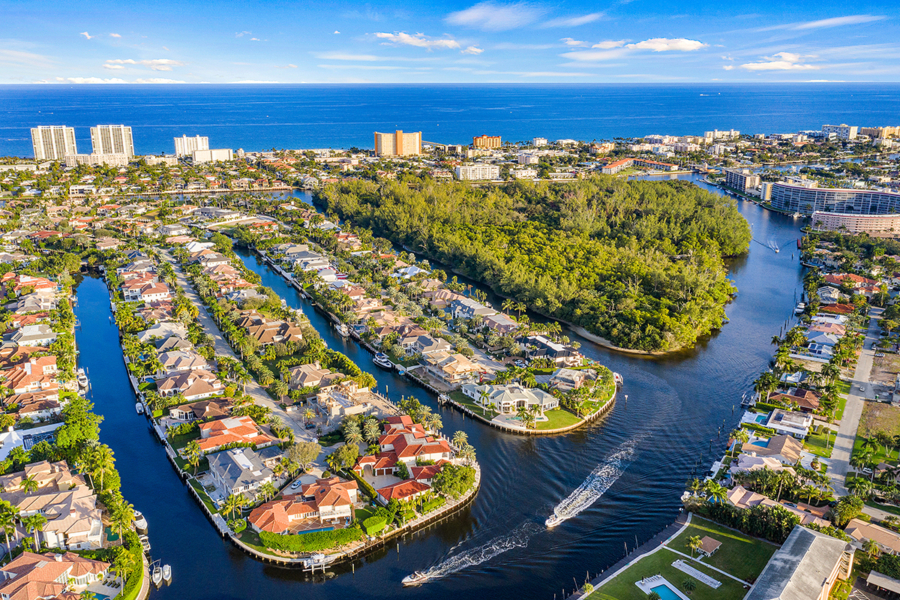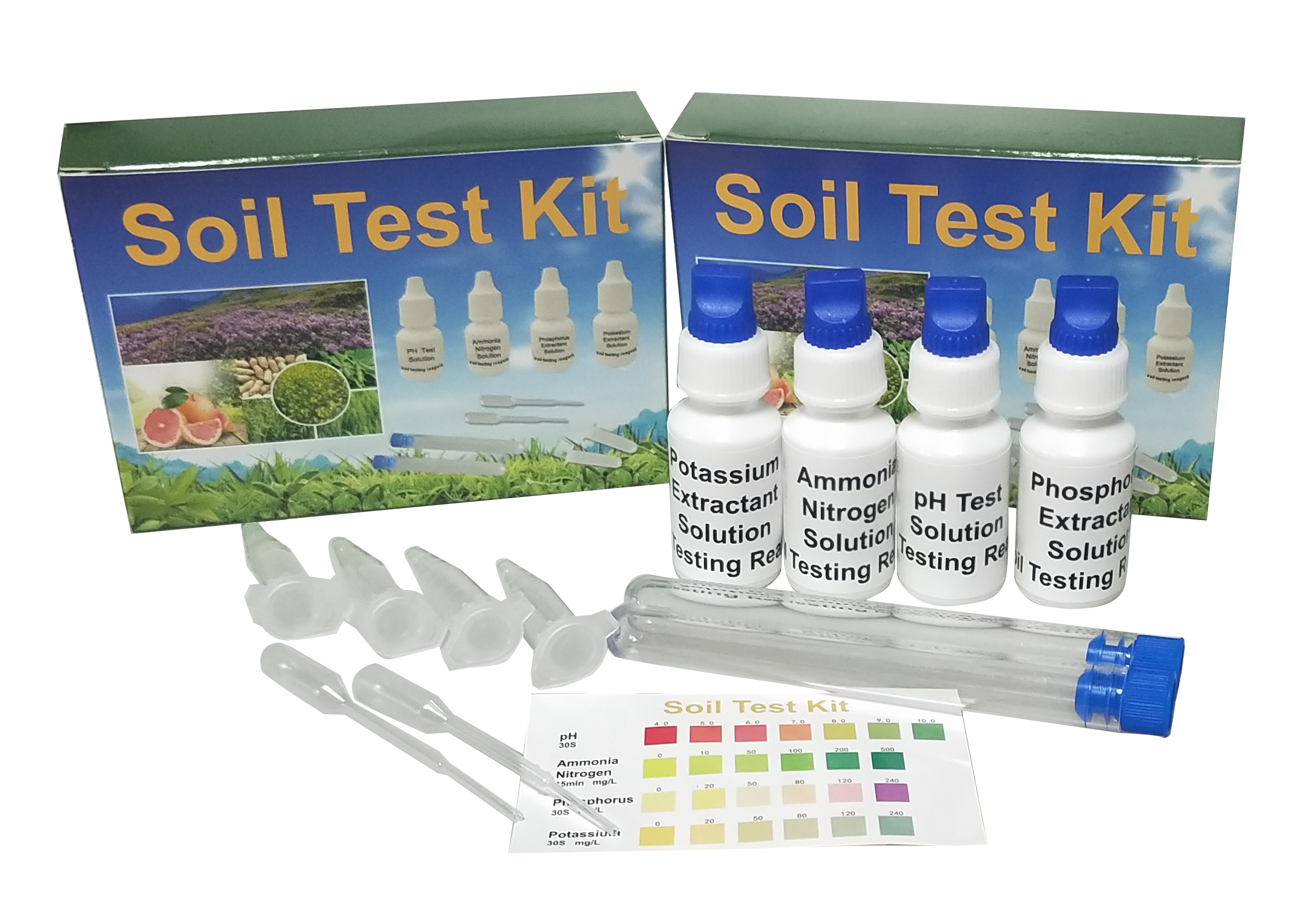
Choosing Plants for Waterfront Properties: A Comprehensive Guide
Owning a waterfront property is a dream for many. The tranquility of the water, the stunning views, and the potential for recreational activities make it an incredibly desirable lifestyle. However, waterfront properties come with unique challenges, particularly when it comes to landscaping. The constant presence of water, the salty air, and the potential for erosion can make it difficult to choose the right plants. This comprehensive guide will delve into the art and science of selecting the best plants for your waterfront property, ensuring a thriving and beautiful landscape that complements your idyllic setting.
Understanding the Waterfront Environment
Before you even think about planting, it’s crucial to understand the specific environment of your waterfront property. The microclimate and soil conditions can vary significantly depending on the location, whether it’s a coastal area, a lakefront, or a riverbank. Here are some key factors to consider:
Soil Type and Composition
Soil is the foundation of any successful landscape. Waterfront properties often have soil that is sandy, silty, or a combination of both. These soil types tend to drain quickly, which can lead to nutrient deficiencies and make it challenging for plants to establish themselves. Consider conducting a soil test to determine the pH level, nutrient content, and texture of your soil. This information will help you select plants that are well-suited to the existing conditions and allow you to amend the soil accordingly.
Salinity and Salt Tolerance
If your property is near the ocean or a saltwater body, salinity will be a major factor. Saltwater can be detrimental to many plants, causing leaf burn, stunted growth, and even death. You’ll need to choose plants that are salt-tolerant, meaning they can withstand exposure to salt spray and saline soil. These plants have evolved mechanisms to cope with the effects of salt, such as specialized cells or the ability to excrete salt through their leaves.
Sun Exposure and Wind Conditions
Waterfront properties often experience intense sunlight and strong winds. The sun’s rays are reflected off the water, intensifying the heat and light exposure. Wind can also be a significant stressor, drying out plants and causing physical damage. When selecting plants, consider their tolerance to sunlight and wind. Choose plants that thrive in full sun if your property receives ample sunlight, and consider windbreaks like fences or strategically placed shrubs to protect more sensitive plants.
Erosion Control
Erosion is a major concern for waterfront properties. The constant action of waves, tides, and currents can gradually wear away the soil, leading to property damage and loss of land. Choosing plants with strong root systems is crucial for erosion control. These plants will help to bind the soil together, preventing it from being washed away. Consider planting a combination of grasses, shrubs, and trees to create a layered system that provides maximum protection against erosion.
Plant Selection: A Guide to Suitable Species
Now that you understand the unique challenges of the waterfront environment, let’s explore some of the best plant options for your property. The specific plants you choose will depend on your location, soil conditions, and personal preferences. However, the following categories offer a good starting point.
Salt-Tolerant Shrubs
Shrubs provide structure, texture, and visual interest to your landscape. They can also serve as windbreaks and provide habitat for wildlife. Here are some excellent salt-tolerant shrub options:
- Sea Grape (Coccoloba uvifera): A tropical shrub that thrives in coastal environments. It features large, round leaves and produces edible grape-like fruits.
- Wax Myrtle (Morella cerifera): A versatile shrub that tolerates a wide range of conditions, including salt spray and poor soil. It has fragrant leaves and produces waxy berries that attract birds.
- Bayberry (Myrica pensylvanica): Similar to Wax Myrtle, Bayberry is a great choice for coastal areas. It offers fragrant foliage and berries that persist through winter.
- Oleander (Nerium oleander): A classic coastal shrub known for its beautiful flowers in various colors. However, be mindful that all parts of the Oleander plant are toxic.
Salt-Tolerant Groundcovers
Groundcovers are essential for erosion control and can add a lush, green carpet to your landscape. They also help to suppress weeds and reduce soil erosion. Here are some great salt-tolerant groundcover options:
- Beach Sunflower (Helianthus debilis): A cheerful groundcover with bright yellow flowers that blooms throughout the growing season.
- Trailing Rosemary (Rosmarinus officinalis ‘Prostratus’): A fragrant groundcover with needle-like leaves and delicate blue flowers.
- Ice Plant (Delosperma spp.): A succulent groundcover with vibrant, daisy-like flowers in various colors.
- Sea Oats (Uniola paniculata): A tall, graceful grass that is highly effective at stabilizing sand dunes and preventing erosion.
Salt-Tolerant Trees
Trees provide shade, add vertical interest, and contribute to the overall beauty of your landscape. They also offer valuable habitat for birds and other wildlife. Here are some excellent salt-tolerant tree options:
- Live Oak (Quercus virginiana): A majestic tree that is iconic of the Southern coastal landscape. It is highly tolerant of salt spray and strong winds.
- Cabbage Palm (Sabal palmetto): The state tree of Florida, the Cabbage Palm is a hardy and adaptable tree that thrives in coastal environments.
- Southern Magnolia (Magnolia grandiflora): A beautiful tree with large, fragrant flowers and glossy green leaves. It is moderately salt-tolerant.
- Pines (Various Pinus species): Some pine species, like the Loblolly Pine (Pinus taeda) and the Slash Pine (Pinus elliottii), are quite adaptable to coastal conditions.
Freshwater Plants for Lakefronts and Riverbanks
If your property is on a lake or river, you’ll need to choose plants that are adapted to freshwater conditions. These plants may not be as salt-tolerant, but they can tolerate fluctuating water levels and moist soil. Here are some excellent options:
- Willows (Salix spp.): Graceful trees with weeping branches that thrive in moist soil.
- River Birch (Betula nigra): A beautiful tree with peeling bark that adds visual interest to the landscape.
- Swamp Milkweed (Asclepias incarnata): A native wildflower that attracts butterflies and thrives in wet soil.
- Cattails (Typha spp.): Tall, grass-like plants that are excellent for erosion control and provide habitat for wildlife.
- Pickerelweed (Pontederia cordata): A beautiful aquatic plant with heart-shaped leaves and purple flowers.
Designing Your Waterfront Landscape
Once you’ve selected the plants for your waterfront property, it’s time to design your landscape. Consider the following factors:
Erosion Control Strategies
Prioritize erosion control by planting deep-rooted plants along the shoreline. Consider creating a buffer zone of native grasses and shrubs to absorb wave energy and protect the soil. You might also want to incorporate hardscape elements like riprap or retaining walls, but ensure these are implemented in a way that preserves the natural beauty of the area.
Creating a Buffer Zone
A buffer zone is a strip of vegetation that separates your property from the water. It helps to filter pollutants, prevent erosion, and provide habitat for wildlife. The width of the buffer zone will depend on your property and local regulations. Aim to create a diverse planting scheme, including grasses, shrubs, and trees, to maximize its effectiveness.
Choosing the Right Plants for Your Microclimate
Carefully consider the microclimate of your property when choosing plants. Areas that receive more sunlight will require sun-loving plants, while areas that are shaded may be better suited for shade-tolerant species. Pay attention to wind exposure and choose plants that can withstand strong winds.
Incorporating Hardscape Elements
Hardscape elements, such as patios, walkways, and retaining walls, can enhance the beauty and functionality of your waterfront property. However, be mindful of their impact on the environment. Use permeable materials to allow water to drain naturally, and consider using native stone and other natural materials that blend with the surroundings.
Wildlife Considerations
Create a landscape that attracts wildlife by planting native plants that provide food and shelter. Avoid using pesticides and herbicides, which can harm beneficial insects and animals. Consider adding features like bird feeders, bird baths, and butterfly gardens to further enhance the wildlife habitat.
Maintenance Tips for Waterfront Plants
Maintaining your waterfront landscape is essential to ensure its long-term health and beauty. Here are some tips to keep your plants thriving:
Watering and Irrigation
Watering needs will vary depending on the plant species and the weather conditions. Newly planted plants will require more frequent watering than established plants. Consider installing an irrigation system to provide a consistent water supply, especially during dry periods. Choose a system that delivers water directly to the roots, minimizing water waste.
Fertilizing
Fertilizing helps to provide plants with the nutrients they need to grow and thrive. However, avoid over-fertilizing, as this can pollute the water and harm aquatic life. Use slow-release fertilizers that release nutrients gradually over time. Follow the manufacturer’s instructions for application rates.
Pruning and Trimming
Pruning and trimming help to maintain the shape and health of your plants. Remove any dead, damaged, or diseased branches. Prune shrubs and trees regularly to encourage new growth and prevent them from becoming overgrown. Be mindful of the timing of your pruning, as some plants bloom on old wood and should be pruned after flowering.
Pest and Disease Control
Pests and diseases can be a problem in any landscape. Inspect your plants regularly for signs of infestation or disease. Treat any problems promptly using organic pest control methods whenever possible. Consider using beneficial insects to control pests naturally.
Dealing with Salt Buildup
Salt buildup can be a problem in coastal areas. Regularly rinse plants with fresh water to remove salt deposits. Mulch around plants to help retain moisture and prevent salt from accumulating in the soil. Consider using soil amendments like compost or gypsum to improve soil drainage and reduce salt buildup.
Beyond Aesthetics: The Environmental Benefits
Choosing the right plants for your waterfront property is not just about creating a beautiful landscape; it’s also about protecting the environment. A well-designed waterfront landscape can provide numerous environmental benefits:
Water Quality Improvement
Plants help to filter pollutants from runoff, preventing them from entering the water. They also help to absorb excess nutrients, which can lead to algal blooms and other water quality problems.
Erosion Control
Plants with strong root systems help to stabilize the soil and prevent erosion. This protects the shoreline from damage and prevents sediment from entering the water.
Wildlife Habitat
Native plants provide food and shelter for a variety of wildlife, including birds, fish, and other aquatic creatures. Creating a diverse landscape will attract a greater variety of wildlife to your property.
Climate Change Mitigation
Plants absorb carbon dioxide from the atmosphere, helping to mitigate climate change. They also provide shade, which can reduce energy consumption and lower cooling costs.
Local Regulations and Considerations
Before you start planting, it’s essential to familiarize yourself with local regulations and ordinances. These regulations may restrict the types of plants you can use, the size of your buffer zone, and the use of certain landscaping practices. Contact your local government or homeowner’s association for more information.
Permitting Requirements
Some landscaping projects may require permits. Check with your local government to determine if you need any permits before you start planting. Failure to obtain the necessary permits can result in fines and delays.
Homeowners Association (HOA) Guidelines
If your property is part of a homeowners association, you’ll need to comply with their landscaping guidelines. These guidelines may restrict the types of plants you can use, the height of your trees, and the placement of structures. Review your HOA guidelines carefully before you start your project.
Conclusion: Creating Your Waterfront Paradise
Choosing the right plants for your waterfront property is a rewarding endeavor that can transform your landscape into a stunning and ecologically sound oasis. By understanding the unique challenges of the waterfront environment, selecting appropriate plant species, and following sound maintenance practices, you can create a beautiful and sustainable landscape that you and future generations can enjoy. Remember to prioritize erosion control, create a buffer zone, and consider wildlife when designing your landscape. With careful planning and execution, your waterfront property can become a true paradise, seamlessly blending natural beauty with your personal enjoyment. Enjoy the process, and revel in the transformation of your waterfront dream into a vibrant reality.


